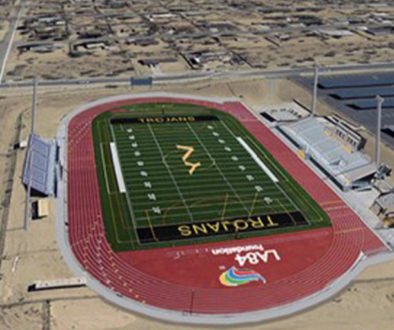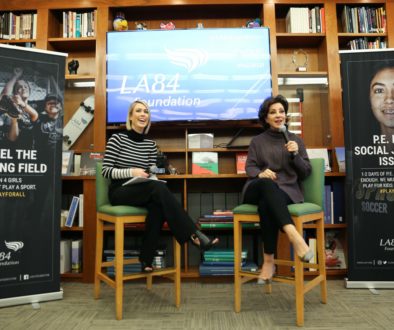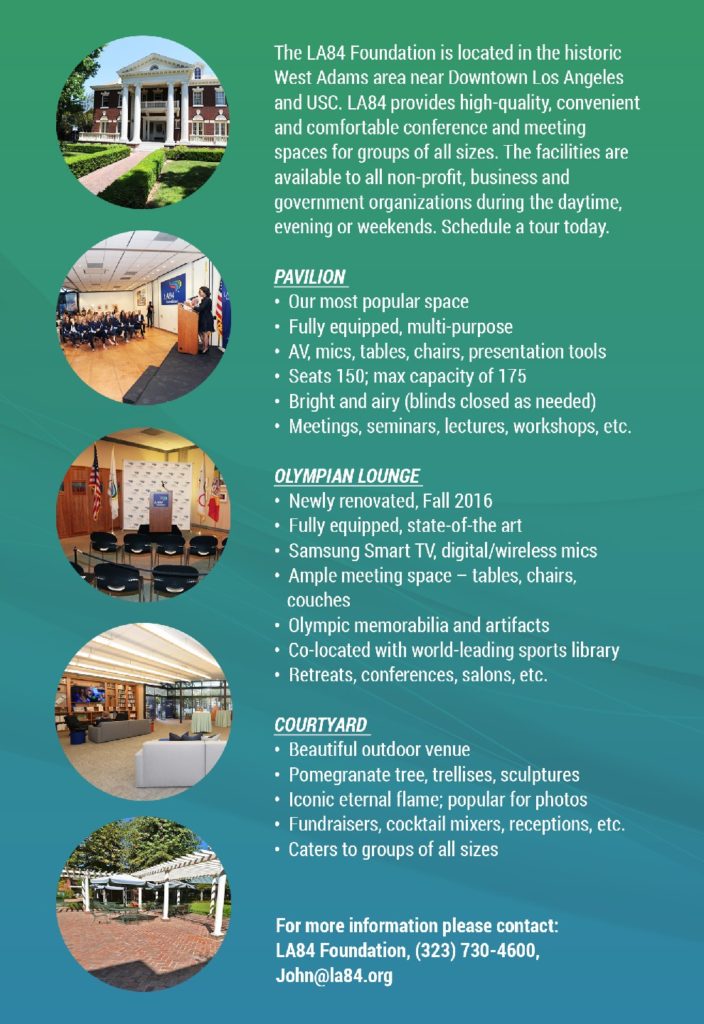Fixing Youth Soccer’s Caste System
“The system is not working for the underserved community. It’s working for the white kids.”
This quote comes from Doug Andreassen, chair of US Soccer’s diversity committee, in a recent Guardian article repeating the familiar lament about the whiteness of American soccer. Andreassen goes on to say that the system is broken and no one seems to care.
The lack of diversity in soccer is obvious and persistent. Yes, it is true that seven of the 11 starters in the U.S. Men’s National Team’s pair of wins last week in the Copa America Centenario were men of color, but three of them developed their soccer skills growing up in Germany. Notably, there was only one Latino in the starting 11. Meanwhile, the U.S. Women’s National Team consists almost entirely of white players.
While I agree that the American soccer system marginalizes young Latinos and African Americans (and everyone else) of limited financial resources, we take strong exception to the claim that no one cares about it. It is precisely because we do care that the LA84 Foundation, for more than 30 years, has focused on and invested heavily in soccer in low-income communities throughout Southern California.
LA84’s program grants have introduced and sustained soccer programs for more than 300,000 kids, most of whom are Latino or African American. Since 2007, the foundation has funded a soccer program in every middle school in the Los Angeles Unified School District, a school system where 85 percent of the students are Latino or African American. In partnership with Cal South, the regional branch of U.S. Soccer, the foundation has provided Spanish-language coaching clinics, enabling hundreds of Latino coaches to get their entry-level U.S. Soccer E Licenses. The foundation has funded soccer field and futsal court construction in East and South Los Angeles, and just last year the LA84 Foundation made a $1 million dollar grant for youth soccer field construction at Los Angeles’ Griffith Park.
Perhaps it is not a coincidence that in Los Angeles high schools fútbol, not football, is king. Whereas nationally soccer has the fourth-highest number of interscholastic participants, soccer in LAUSD high schools is the number-one participant sport.
Los Angeles is not the only place where the soccer community is opening the door to a wider audience. Nationally, the US Soccer Foundation has worked for years to make soccer and coach mentors more accessible in underserved communities. There are laudable local efforts underway in several other cities, as well.
The real problem is not that young soccer players from low-income families lack access to soccer. It is that so few of them are able to transition from local grassroots programs to more competitive, more elite levels of the sport.
Competitiveness and elite talent development in youth sports get a lot of bad press. The abuses are well documented and we are not naïve about the small percentage of athletes who go on to play in college, earn scholarship money, make a national team or turn pro. Nevertheless, sport is aspirational and in many cases transformational. In any recreational program, a percentage of players will want to play at the next level and develop their talent to the fullest. In the right environment, the pursuit of sports excellence can be a rewarding experience in which athletes test their limits, learn time management skills, travel, develop lifelong bonds and by necessity learn invaluable skills that prepare them for life either on or off the field.
The problem is that in soccer, as in several other sports, it is difficult to jump to the next level if your family does not have much money. Club soccer, the setting in which most players move up the development ladder, costs a minimum of $2,500 a year. That price tag puts club soccer out of reach for thousands of families.
Here in Southern California, one organization is offering a solution to the problem. The Los Angeles United Futbol Academy, founded by former Los Angeles City Attorney Rocky Delgadillo, is dedicated to dramatically improving the lives of young soccer players ages 7 to 19, who typically are excluded from the premier soccer development system.
LAUFA provides a structured no-cost soccer/mentorship experience for children and teens from low-income, at-risk neighborhoods. The academy purposefully works with their athletes’ parents to improve the academic, social and health outcomes of the girls and boys it serves while unapologetically giving them the chance to reach their full athletic potential. LAUFA strives to be the center of excellence in support of the U.S. National Teams in one of the top target areas of the country: Los Angeles. And, for those who don’t rise to the standard of elite professional/international play, LAUFA provides an alternative and the proper preparation for their kids to attend some of the finest collegiate academic and soccer programs in the United States.
Ultimately, we are not primarily concerned with guaranteeing the success of U.S. national teams in international competition. Let’s continue to root for U.S. teams and cheer their success, but our real goal should be to ensure that everyone has the same opportunity to realize his or her full potential. If that journey leads to a place on a national team, that is great. If it does not, the journey still will have been worthwhile.
Those young people who want to pursue athletic excellence ought to be able to do so regardless of geography, ethnicity or family income. A talent development system in soccer, or any other sport, that introduces kids to the sport and then abandons those who are talented but too impoverished to pursue their athletic dreams is discriminatory.
Elite development, done correctly, is something we should embrace. It is an integral part of sport. Poor kids should have the same opportunity to develop their athletic talent as rich kids. The LA84 Foundation cares and we will continue working to provide opportunities for everyone in under resourced communities. But let’s be clear, it will take collective efforts from everyone in the youth sports world to make sustained and long lasting impact. So, what are you doing?




